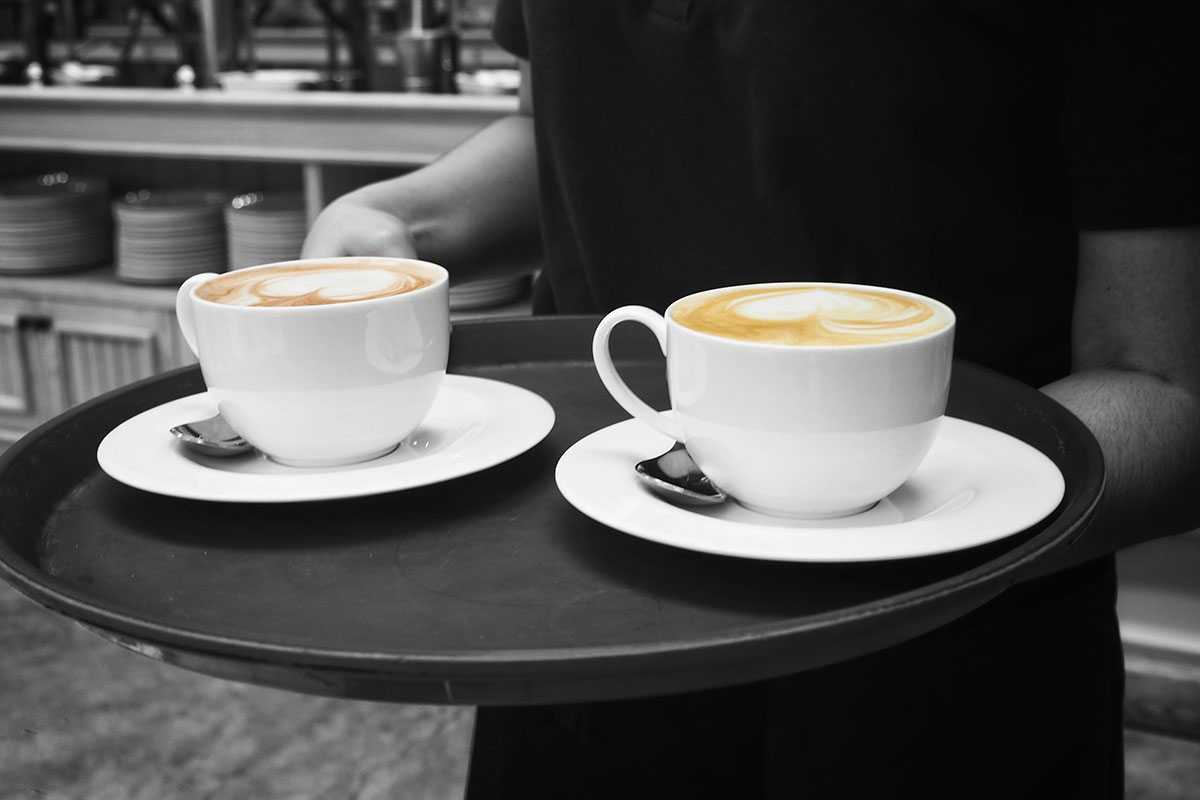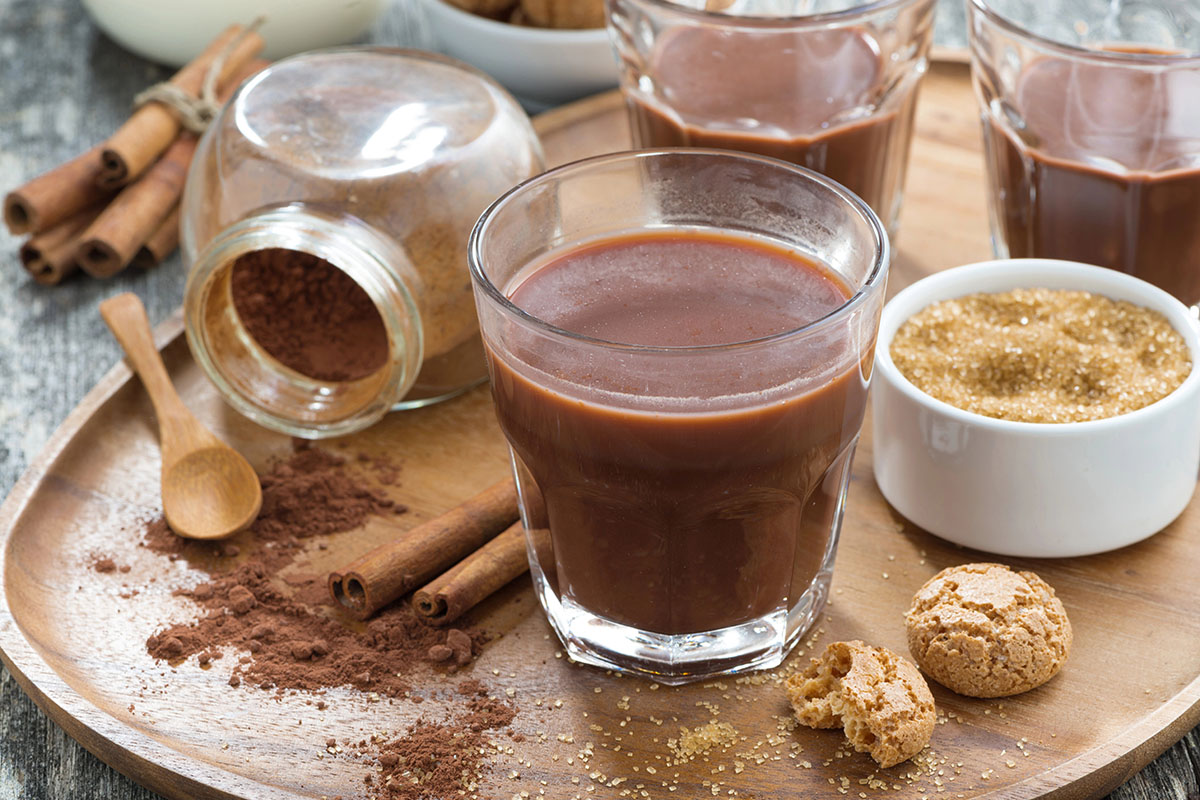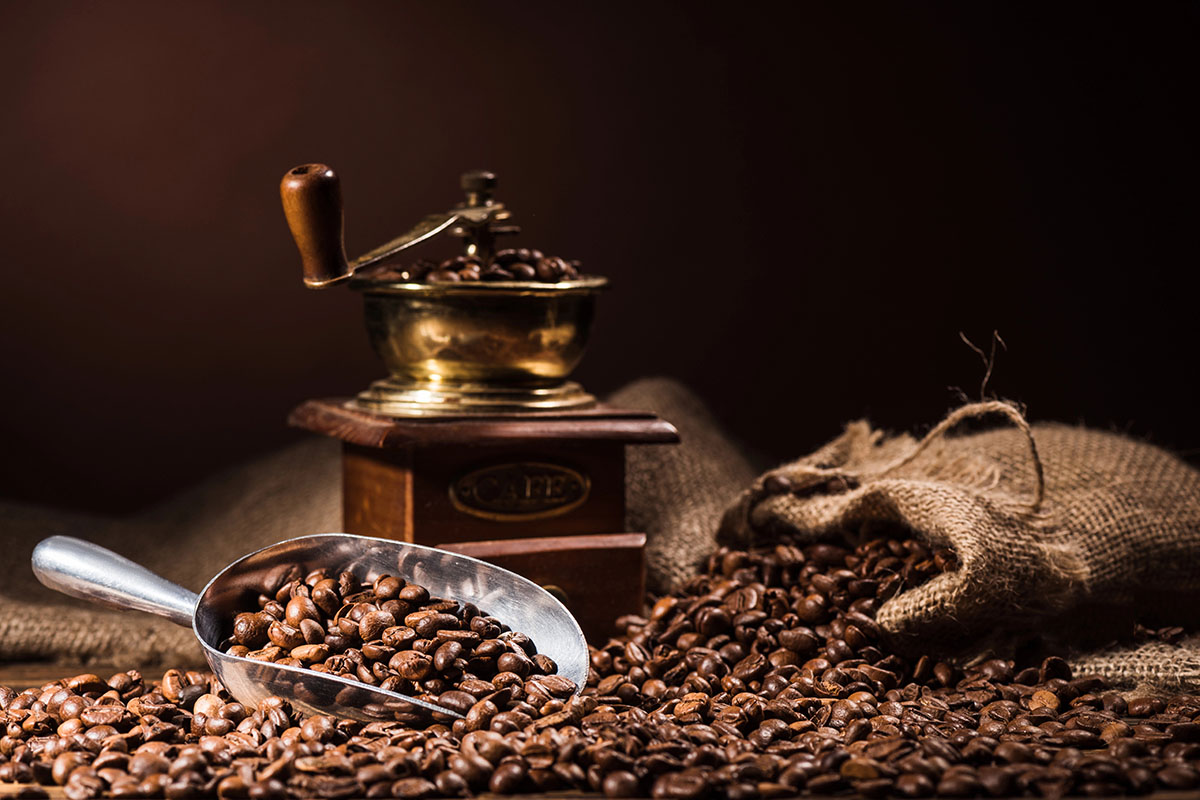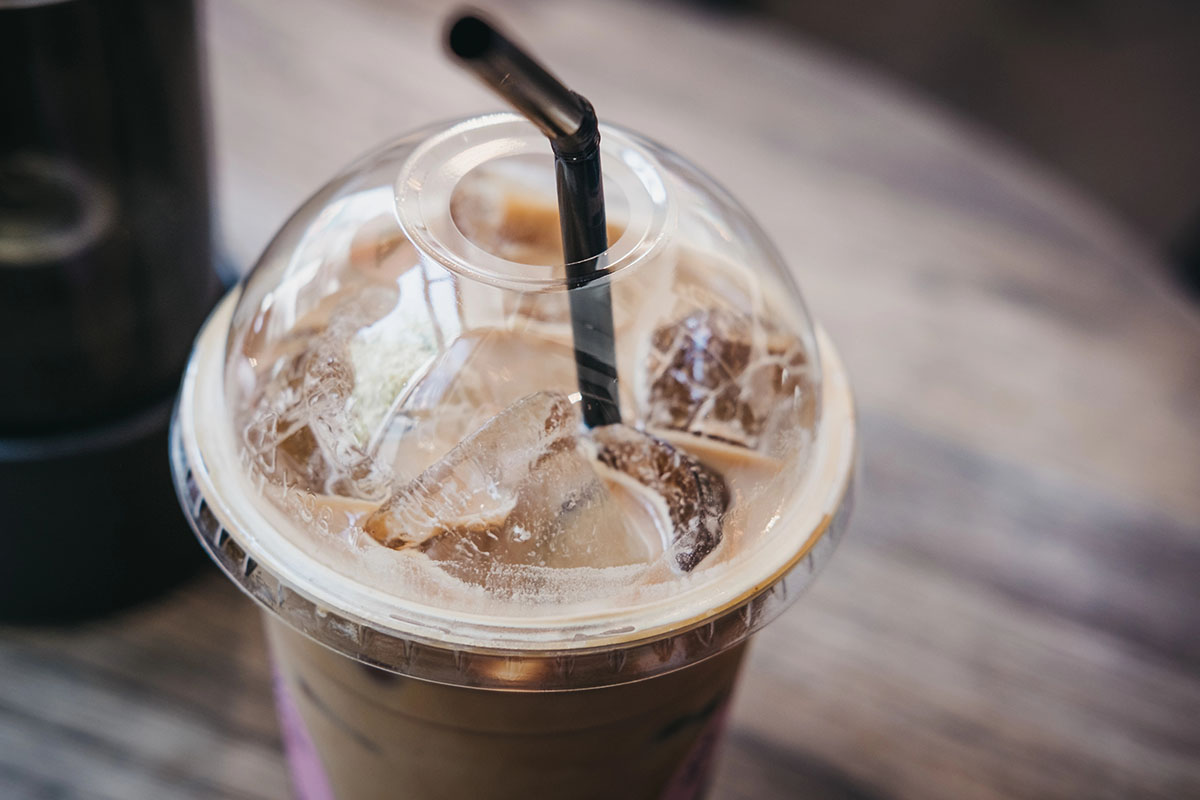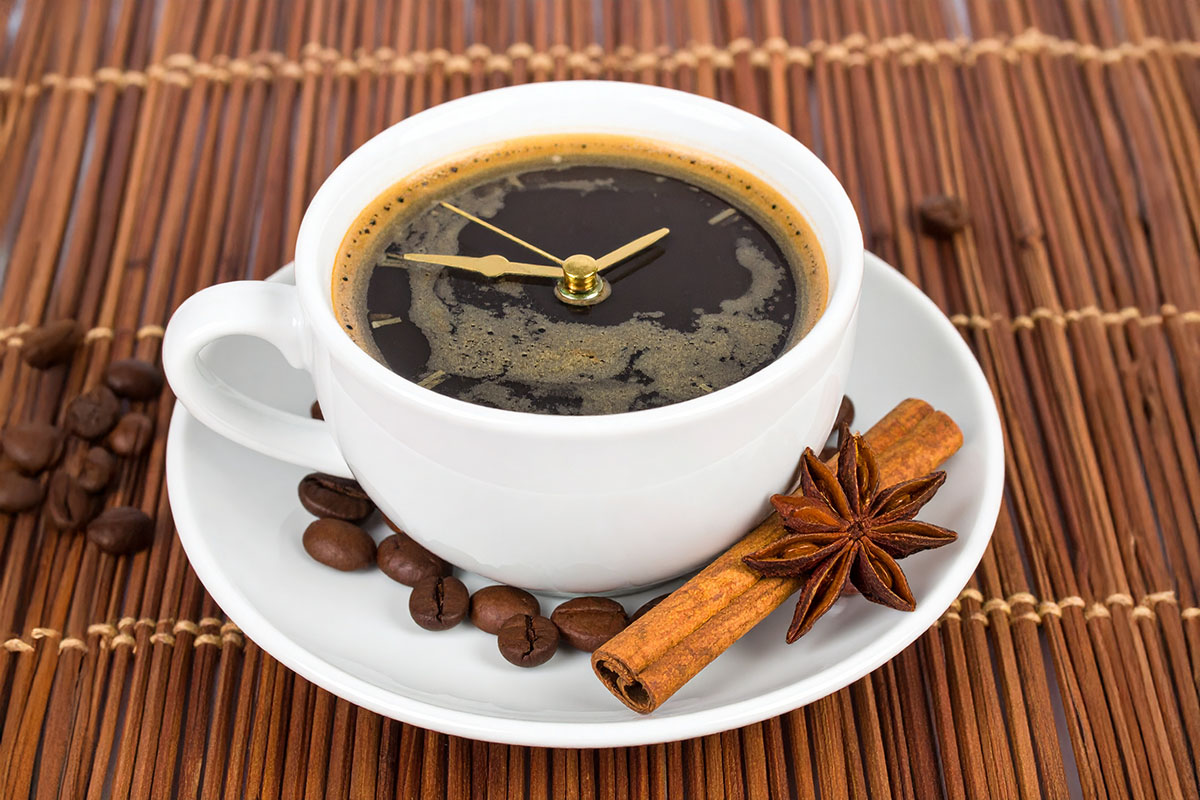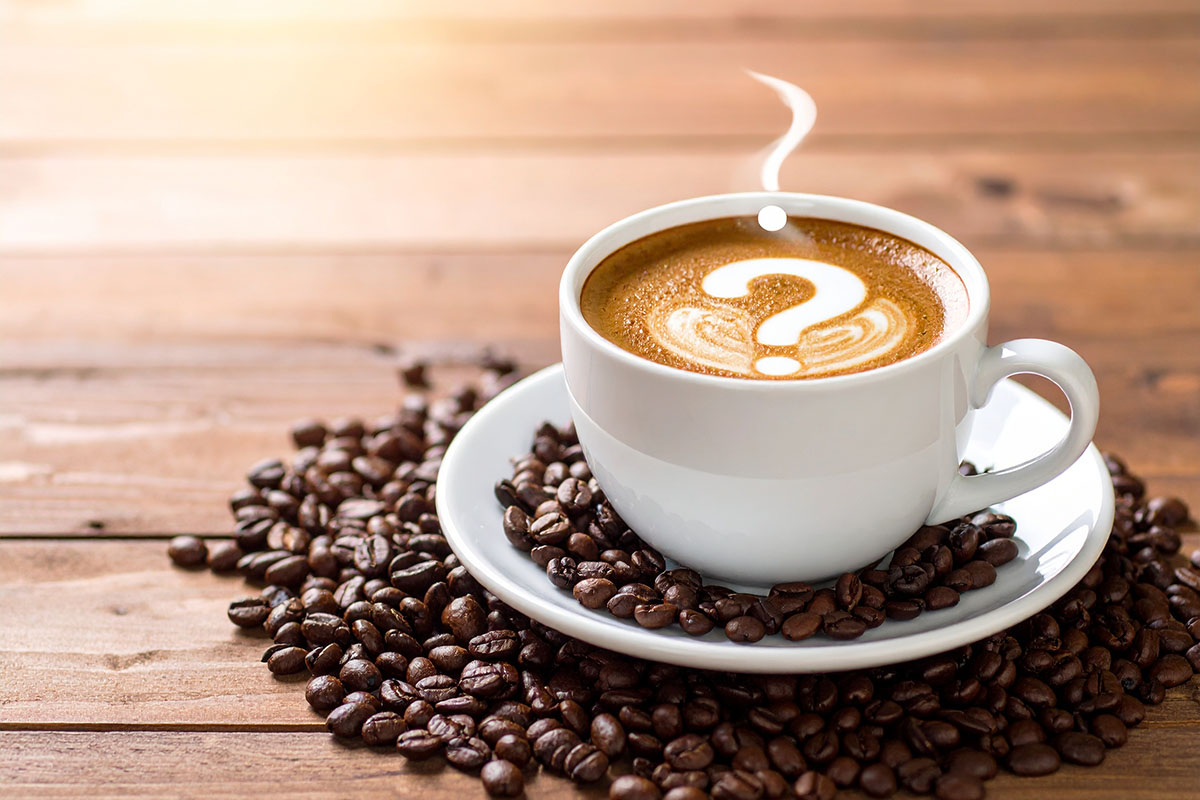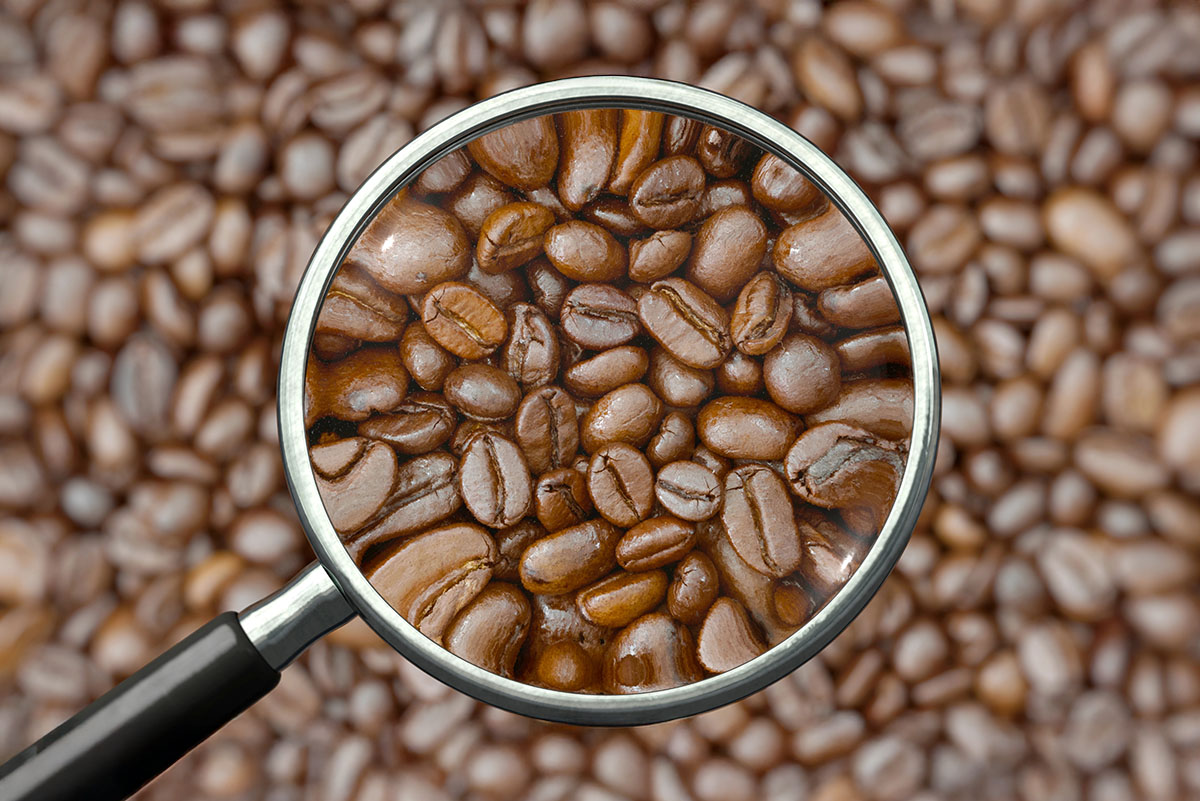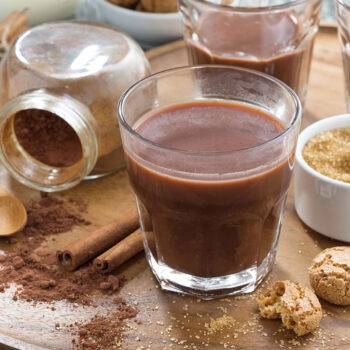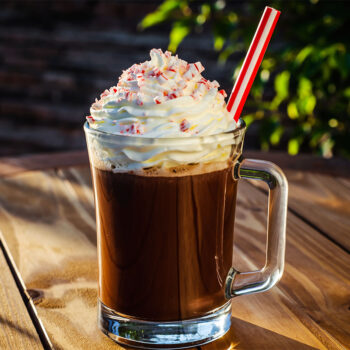Have you ever wondered why coffee tastes different at a cafe compared to your home-brewed cup? It’s an interesting question, and there are several reasons behind this phenomenon, some of which may be surprising – such as how the ambiance of a coffee shop in New Braunfels might enhance your experience.
- Freshness of the beans: Cafés often use coffee roasted just hours before brewing, enhancing flavor.
- Quality of equipment: Commercial machines are designed for optimal extraction, resulting in superior taste.
- Ingredients: Unique cream blends and additives can alter the final profile.
To truly enjoy coffee, it’s important to understand both the art and science of brewing. This knowledge will help you recreate cafe-quality coffee at home, customized to your preferences.
With this understanding, you’ll feel empowered to try out different brewing techniques and ingredients, making your daily New Braunfels coffee routine even better.
The Factors Behind Coffee Taste Differences
The distinction between café coffee and home-brewed coffee is more pronounced than many realize. Several elements contribute to these differences, including the following:
1. In-store vs. Home-Brewed Flavors
Café coffee often features a more robust flavor profile compared to what you might brew at home. This can be attributed to factors such as the freshness of ingredients and the precision of brewing techniques used in cafes.
2. Freshness of Coffee Beans
Fresh coffee beans play no small role in taste. Cafés frequently use beans roasted just days or even hours before brewing, maximizing their flavor potential. In contrast, home brewers may rely on older, pre-ground coffee, resulting in a less vibrant cup.
3. Quality of Brewing Equipment
The brewing equipment found in cafés typically outperforms standard home tools. High-end espresso machines and commercial drip brewers provide consistent temperature control and pressure, essential for optimal extraction. At home, using basic equipment can lead to uneven results.
4. Cream and Other Ingredients
Popular chains have perfected their recipes, often incorporating unique cream blends that enhance the overall flavor. These proprietary ingredients include flavorings and additives that might not be replicated easily at home.
Understanding these factors can help you appreciate why your favorite café drink tastes better than what you craft in your kitchen. Each element—freshness, equipment quality, ingredient selection—plays a significant role in creating that perfect cup.
Understanding Coffee Beans
Coffee beans play a surprisingly large role in determining the flavor profile of your brew. The two primary types of coffee beans are Arabica and Robusta, each offering distinct characteristics.
Arabica Beans
- Flavor Profile: Generally smoother, with hints of sweetness and complexity. You may detect notes of fruit or sugar.
- Cultivation: Grows at higher altitudes and requires specific climates. This makes it more vulnerable to pests and diseases.
- Caffeine Content: Contains less caffeine compared to Robusta, contributing to a milder taste.
Robusta Beans
- Flavor Profile: Tends to be stronger and more bitter, often described as earthy or nutty. Ideal for those who enjoy a bold cup.
- Cultivation: Hardier than Arabica, it thrives in lower altitudes and is resistant to various pests.
- Caffeine Content: Higher caffeine levels lead to a more robust flavor and a thicker crema when brewed as espresso.
Choosing the right beans depends on your personal taste preferences. If you prefer smoothness and complexity, opt for Arabica. For strength and intensity, Robusta is the better choice. Experimenting with blends can also introduce unique flavors that cater to your palate.
The Art and Science of Brewing Coffee
Brewing coffee is both an art and a science. Knowing the different ways to brew coffee can greatly improve your enjoyment of it. Here are some popular methods:
Popular Brewing Techniques
- Drip Coffee Maker: This method uses gravity to extract flavors through a filter, producing a consistent cup.
- French Press: Coarse grounds steep in hot water for several minutes, allowing full extraction of oils and flavors.
- Espresso: A concentrated shot made by forcing hot water through finely-ground coffee under pressure, known for its bold flavor.
- AeroPress: Utilizes air pressure for quick extraction, resulting in a smooth and rich flavor profile.
The size of the grind on your coffee beans impacts in how well the flavors are extracted:
Grind Sizes and Their Uses
- Fine Grind: Best for espresso; extracts flavors quickly due to increased surface area.
- Medium Grind: Ideal for drip coffee makers; balances extraction time and flavor.
- Coarse Grind: Used in French press; allows for longer steeping without over-extraction.
Understanding how these factors work together can help you figure out why your coffee tastes different in various places. By getting a handle on both brewing methods and grind sizes, you can bring out the best flavors and make your coffee experience even better.
Exploring Extraction Factors
Understanding the extraction process is key to brewing a great cup of coffee. When hot water meets ground coffee, it dissolves flavors, oils, and compounds, creating the final beverage. The efficiency of this extraction relies heavily on several factors:
- Brew Time: Longer steeping can enhance flavor intensity. For example, a French press typically benefits from a longer brew time compared to drip coffee.
- Water Temperature: Optimal extraction occurs between 195°F and 205°F. Too hot or too cold can lead to under-extraction or bitterness.
- Grind Size: Finer grinds extract faster due to increased surface area, while coarser grinds require more time for flavors to develop.
Post-Brewing Considerations for a Better Cup at Home
To maintain the quality of your brewed coffee, consider these best practices for storage after brewing:
- Airtight container: Store your coffee in an airtight container to prevent exposure to air.
- Cool, dark place: Keep the container in a cool, dark environment to protect from light and heat.
When tasting your brew, allow it to cool slightly before sipping. This enhances flavor clarity. Here are some tasting tips:
- Use a clean cup: Ensure your tasting vessel is free from other scents.
- Swirl gently: Swirling helps aerate the coffee, releasing aromas.
- Take small sips: Allow the coffee to coat your palate for a full flavor experience.
Embracing the Art and Science of Home Brewing
Experimentation is key to elevating your coffee experience. Consider the following:
- Try different brewing methods: Each technique offers unique flavors and textures.
- Adjust grind sizes: Explore how coarser or finer grinds affect extraction.
- Vary water temperatures: Find the sweet spot for your preferred brew.
Personalizing your coffee routine enhances enjoyment. Understanding why café coffee tastes different can inform your choices at home. Engage with the art and science of brewing, allowing you to discover flavors that resonate with your palate.
Frequently Asked Questions About Coffee
Why does my coffee taste different when brewed at a café compared to home?
The difference in coffee taste between cafés and home brewing can be attributed to several factors, including the freshness of coffee beans, the quality of brewing equipment, and the types of ingredients used. Cafés often use freshly roasted beans and professional-grade equipment that can enhance flavor extraction.
What role do coffee bean types play in the flavor of my brew?
The type of coffee beans significantly impacts flavor profiles. Arabica beans are generally sweeter and more complex, while Robusta beans tend to be stronger and more bitter. Choosing the right type based on your taste preference can greatly improve your coffee experience.
How does brewing method affect the taste of coffee?
Different brewing methods such as drip, French press, espresso, and AeroPress each extract flavors differently due to variations in water temperature, brew time, and grind size. Understanding these methods helps you select one that suits your desired flavor profile.
What is the importance of grind size in brewing coffee?
Grind size makes a difference as it affects the extraction rate during brewing. Finer grinds expose more surface area to water, which can lead to stronger flavors but may also result in over-extraction if brewed too long. Coarser grinds yield milder flavors and require longer brew times for optimal extraction.
How can I store brewed coffee to maintain its quality?
To maintain the quality of brewed coffee, store it in an airtight container at room temperature away from direct sunlight. Avoid refrigerating or freezing brewed coffee as this can alter its flavor. Consume within a few hours for the best taste, similar to how you might savor a fresh cup enjoyed with breakfast in New Braunfels TX.
What are some tips for tasting my home-brewed coffee effectively?
To taste your brew effectively, allow it to cool slightly before sipping. This helps you appreciate the full range of flavors without being overwhelmed by heat. Take small sips to identify different notes and aromas present in your coffee.


